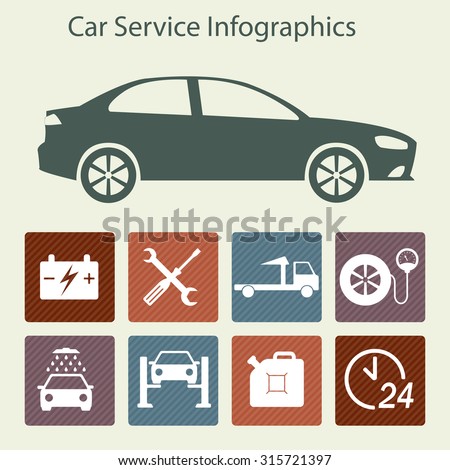When you're behind the wheel, those radiant warning lights on your control panel can be a little bit bewildering. Do you know what they're trying to tell you concerning your automobile's wellness? Understanding the importance of these lights is crucial for your safety and the durability of your lorry. So, the next time one of those lights turns up, would not you wish to analyze its message precisely and take the needed steps to address it?
Common Caution Lighting and Interpretations
Recognize usual warning lights in your vehicle and understand their meanings to make sure risk-free driving.
The most regular warning lights consist of the check engine light, which signifies issues with the engine or discharges system. If this light begins, it's crucial to have your vehicle checked immediately.
The oil stress cautioning light suggests low oil pressure, requiring immediate attention to stop engine damage.
A blinking battery light might recommend a faulty charging system, potentially leaving you stranded if not dealt with.
The tire pressure tracking system (TPMS) light alerts you to reduced tire stress, impacting car stability and fuel performance. Disregarding this could result in dangerous driving conditions.
The ABS light indicates a trouble with the anti-lock braking system, compromising your ability to quit rapidly in emergencies.
Finally, the coolant temperature cautioning light warns of engine overheating, which can lead to extreme damages if not resolved quickly.
Comprehending these usual caution lights will aid you deal with problems immediately and preserve risk-free driving problems.
Importance of Prompt Focus
Understanding the common warning lights in your auto is only the initial step; the significance of immediately dealing with these cautions can't be highlighted sufficient to ensure your safety and security on the road.
When a caution light brightens on your control panel, it's your car's means of communicating a potential issue that needs focus. Neglecting these warnings can lead to much more extreme issues down the road, jeopardizing your security and possibly costing you extra in repairs.
Trigger focus to warning lights can avoid failures and crashes. As an example, a blinking check engine light might show a misfire that, if left neglected, can create damage to the catalytic converter. Addressing this quickly can conserve you from a costly repair service.
In a similar way, a brake system warning light may signal reduced brake liquid or worn brake pads, vital components for your security when driving.
Do It Yourself Troubleshooting Tips
If you see a warning light on your control panel, there are a couple of DIY fixing ideas you can attempt before looking for specialist assistance.
straight from the source is to consult your vehicle's handbook to recognize what the specific warning light indicates. Sometimes the concern can be as simple as a loose gas cap causing the check engine light. Tightening the gas cap might settle the issue.
An additional common problem is a low battery, which can cause various alerting lights. Checking the battery links for corrosion and guaranteeing they're protected could deal with the issue.
If a warning light continues, you can try resetting it by separating the cars and truck's battery for a few mins and then reconnecting it. Furthermore, checking your car's fluid degrees, such as oil, coolant, and brake liquid, can assist troubleshoot advising lights connected to these systems.
Final thought
Finally, recognizing your automobile's warning lights is vital for maintaining your automobile running smoothly and securely. By immediately addressing https://ktla.com/automotive/spend-less-at-the-pump-with-these-fuel-saving-tips/ and understanding what they suggest, you can prevent costly repair services and potential malfunctions.
Bear in mind to consult your cars and truck's guidebook for particular details on each warning light and do something about it accordingly to guarantee a trouble-free driving experience.
Keep notified, remain secure when driving!
